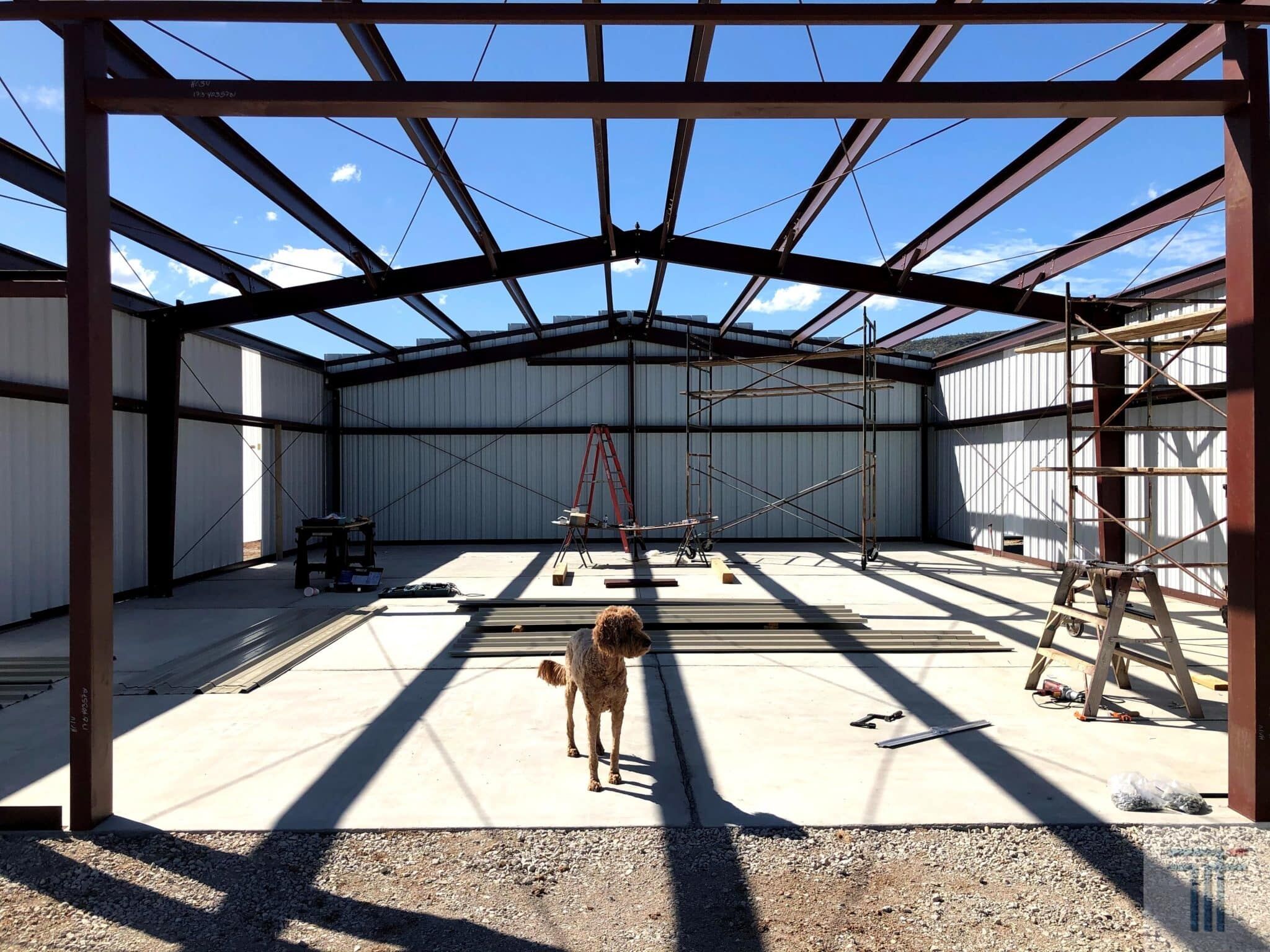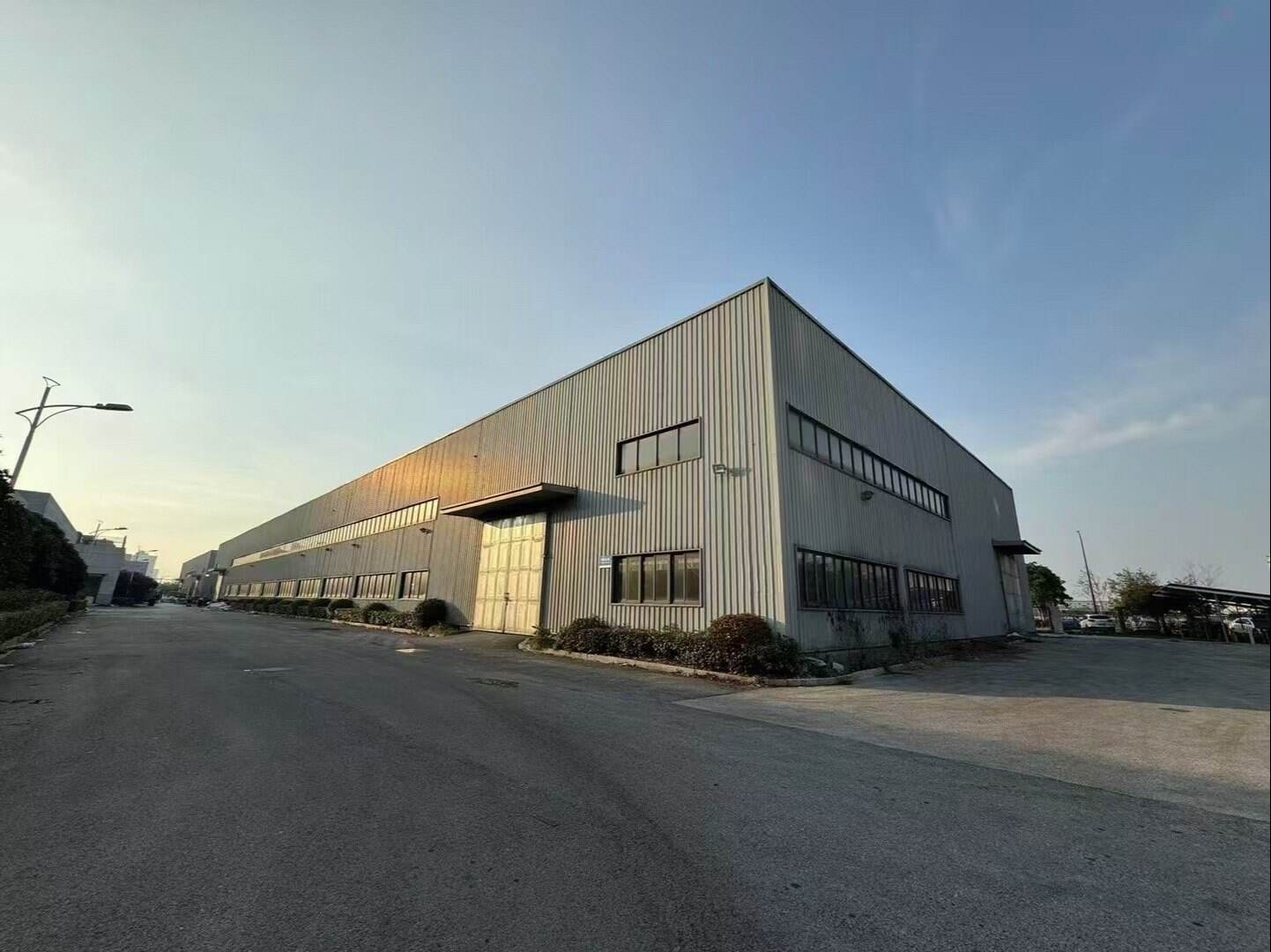Understanding the Financial Benefits of Prefabricated Steel Construction
The construction industry is experiencing a revolutionary shift towards more efficient and cost-effective building solutions, with prefab steel structures leading the way. These innovative building solutions offer remarkable cost advantages that extend far beyond the initial investment. As businesses and property developers seek smarter construction alternatives, prefab steel structures have emerged as a game-changing option that delivers substantial savings throughout the entire building lifecycle.
Modern prefab steel structures represent the perfect fusion of engineering excellence and economic efficiency. The combination of advanced manufacturing processes, reduced labor requirements, and accelerated construction timelines creates a compelling financial case for choosing steel prefabrication over traditional building methods. Let's explore the numerous ways these structures can benefit your bottom line.
Direct Material and Construction Cost Benefits
Material Efficiency and Waste Reduction
Prefab steel structures significantly reduce material waste through precise factory manufacturing processes. Unlike traditional construction methods where up to 15% of materials often end up as waste, steel prefabrication typically results in less than 2% waste. This efficiency translates directly to cost savings, as you pay only for materials that actually become part of your structure.
The standardization of components in prefab steel structures also enables bulk material purchasing, leading to better pricing and reduced per-unit costs. Additionally, steel's inherent strength allows for lighter structural elements, reducing foundation requirements and associated costs.
Labor Cost Optimization
One of the most significant cost advantages of prefab steel structures comes from reduced labor expenses. Factory fabrication requires fewer workers compared to traditional on-site construction, and these workers operate in a controlled environment where they can work more efficiently. This results in lower labor costs and fewer weather-related delays that can inflate budgets.
The specialized nature of prefab steel construction also means that workers can complete tasks more quickly and with greater precision, reducing the likelihood of costly errors and rework. Studies show that labor costs can be reduced by up to 50% compared to traditional construction methods.
Time-Related Financial Benefits
Accelerated Project Completion
Time is money in construction, and prefab steel structures excel in this aspect. The parallel processing of site preparation and building component fabrication can reduce overall project timelines by up to 50%. This faster completion means earlier occupancy and quicker return on investment for commercial projects.
Weather delays, which can significantly impact traditional construction schedules and costs, have minimal effect on prefab steel structures. Most components are manufactured in controlled factory environments, allowing work to progress regardless of outdoor conditions.
Reduced Financing Costs
Shorter construction periods directly translate to reduced financing costs. With prefab steel structures, developers can minimize the duration of construction loans and start generating revenue sooner. This accelerated timeline can save thousands or even millions in interest payments on large projects.
The predictable nature of prefab steel construction also helps secure better financing terms, as lenders appreciate the reduced risk profile and more reliable completion schedules associated with these projects.
Long-Term Operational Savings
Energy Efficiency Advantages
Prefab steel structures offer superior thermal performance when properly insulated. The precise factory assembly ensures tight building envelopes that minimize heat loss and gain. Modern steel buildings can incorporate the latest energy-efficient materials and systems during manufacture, resulting in lower heating and cooling costs throughout the building's lifetime.
The ability to integrate sustainable features during fabrication, such as solar panels and energy-efficient windows, further enhances long-term operational cost savings. Many building owners report energy cost reductions of 30% or more compared to conventional structures.
Maintenance and Durability Benefits
Steel's durability translates to significantly lower maintenance costs over time. Prefab steel structures resist common issues like rot, mold, and pest infestation that can plague traditional buildings. This resilience means fewer repair expenses and longer intervals between major maintenance activities.
The engineered precision of prefab steel structures also results in better structural integrity and fewer warranty claims. These buildings typically maintain their value better than conventional construction, providing additional long-term financial benefits through higher resale values.

Insurance and Compliance Cost Reductions
Lower Insurance Premiums
Insurance companies often offer more favorable rates for prefab steel structures due to their superior fire resistance and structural integrity. Steel's non-combustible nature and consistent performance in severe weather conditions make these buildings less risky to insure, resulting in lower premium costs over the building's lifetime.
The engineered nature of prefab steel structures also means better documentation and quality control, which can further reduce insurance costs by demonstrating compliance with building codes and safety standards.
Code Compliance Efficiency
Prefab steel structures are designed to meet or exceed local building codes from the start. This systematic approach to compliance reduces the risk of costly modifications during construction or post-occupancy. The standardized nature of prefabrication also streamlines inspections and approvals, reducing administrative costs and potential delays.
Factory quality control ensures consistent compliance with regulations, minimizing the risk of violations and associated penalties. This predictability in the approval process can save significant time and money compared to traditional construction methods.
Frequently Asked Questions
How much can I save on construction costs with prefab steel structures?
Total construction cost savings typically range from 20% to 40% compared to traditional building methods. These savings come from reduced material waste, lower labor costs, faster construction times, and decreased financing expenses. However, exact savings depend on project size, location, and specific requirements.
What is the typical return on investment timeline for prefab steel structures?
Most businesses see returns on their prefab steel structure investments within 3-7 years, primarily through reduced operational costs, lower maintenance expenses, and energy savings. The accelerated construction timeline also means faster occupancy and earlier revenue generation.
Are prefab steel structures more expensive to insure than traditional buildings?
No, prefab steel structures usually cost less to insure than traditional buildings. Their fire-resistant properties, superior structural integrity, and documented quality control processes typically result in insurance premium savings of 10-30% compared to conventional construction methods.






